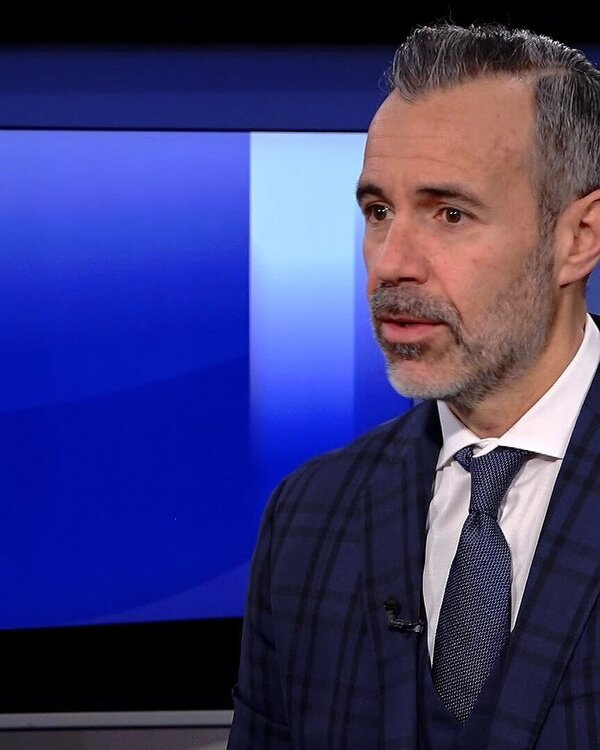Building wealth with an ETF savings plan
With an ETF savings plan, you can invest even small amounts continuously in exchange-traded funds (ETFs). This allows you to participate in their performance in a flexible, cost-effective way. Find out here why an ETF savings plan can be particularly suitable for building wealth, how it works and what other advantages it offers.

What is an ETF savings plan?
With an ETF savings plan, you invest a fixed amount in an exchange-traded fund (ETF) on a regular basis, for example every month. These investment vehicles track indices such as the SMI or S&P 500 and are traded on the stock exchange. Thanks to an ETF savings plan, you can continuously build wealth even with small amounts and benefit from long-term market growth opportunities. An ETF savings plan can offer you a cost-effective, automated and highly diversified way to accumulate capital in the long term while reducing risk.
Why is an ETF savings plan useful?
An ETF savings plan can be particularly suitable for accumulating capital in the long term in small steps. An ETF savings plan combines the advantages of exchange-trade funds (ETFs) with those of a savings plan. In particular, they benefit from the cost average effect and the compound interest effect (see advantages).
What are the advantages of an ETF savings plan?
An ETF savings plan generally offers several important advantages for building wealth:
- Cost average effect: Regular, automated deposits reduce the risk of realising price losses due to a poor entry point.
- Compound interest effect: A compound interest effect occurs with reinvesting ETFs that automatically reinvest dividends. The longer the investment horizon, the more strongly this effect can increase the value of the assets.
- Diversification: Because ETFs replicate an index, they contain a variety of securities. This spreads the risk broadly.
- An ETF savings plan allows investors to invest small amounts at attractive terms. As there are no fixed maturities, you can adjust or terminate the savings plan at any time.
How does an ETF savings plan work?
An ETF savings plan is comparable to a standing order to buy exchange-traded index funds (ETFs): Investors give the bank an order to buy ETF units in their custody account at predefined intervals for a certain amount. The required amount is debited from the corresponding account. An ETF savings plan allows investors to save continuously and in small amounts instead of investing a larger amount at once.
What does an ETF savings plan cost?
Since ETFs passively replicate an index, they do not require complex analysis and selection, which generally makes them cost-effective investment instruments. The total expense ratio (TER) provides a point of reference for assessing the costs of an ETF. In addition to these costs, there are also savings plan fees.
Three reasons for an ETF savings plan
- Long-term capital accumulation: ETF savings plans can be a good way to build long-term wealth, as you can invest regularly in securities and take advantage of market opportunities.
- Cost average effect: By making predefined investments continuously and automatically, an average entry price can be achieved due to price fluctuations.
- Attractive terms: ETF savings plans invest in exchange-traded index funds (ETFs). These replicate an index and therefore generally do not require complex analyses.




